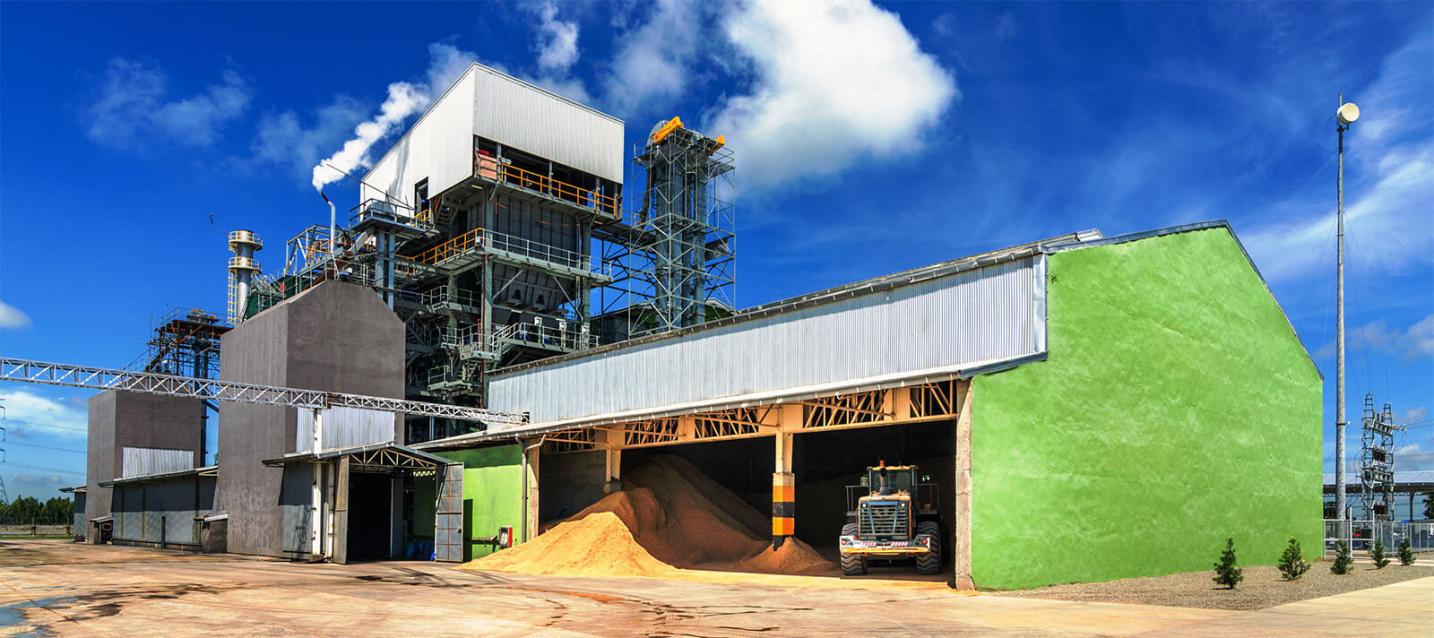What Are the Challenges of Using Biomass Energy in Aviation?
Biomass energy, derived from organic matter, has gained attention as a potential sustainable alternative to fossil fuels in various industries, including aviation. However, its utilization in aviation faces several significant challenges that hinder its widespread adoption.

I. Technical Challenges
A. Feedstock Availability And Sustainability:
- Limited Availability: Sustainable biomass sources, such as agricultural residues, forestry waste, and dedicated energy crops, are limited in quantity and may not be sufficient to meet the growing demand for aviation biofuels.
- Competition with Other Industries: Biomass resources are also sought after by other industries, such as power generation and transportation, creating competition and driving up prices.
- Sustainability Concerns: Ensuring the sustainability of biomass production is crucial to avoid negative environmental impacts, such as deforestation and land use change.
B. Conversion Technologies:
- High Costs and Inefficiencies: Biomass conversion technologies, such as gasification, pyrolysis, and fermentation, are often expensive and inefficient, making the production of aviation biofuels costly.
- Specialized Infrastructure: These technologies require specialized infrastructure and equipment, which can be challenging to establish and maintain.
- Technical Limitations: Existing conversion technologies have technical limitations, such as low conversion rates and challenges in handling diverse biomass feedstocks.
C. Fuel Quality And Standards:
- Variability in Biomass Composition: Biomass composition varies depending on the feedstock and conversion process, leading to variations in fuel quality.
- Stringent Aviation Fuel Requirements: Aviation fuels must meet stringent quality standards to ensure safety and performance, which can be challenging to achieve with biomass-derived fuels.
- Challenges in Meeting Standards: Meeting these standards requires additional processing and blending, increasing the complexity and cost of biomass fuel production.
II. Economic Challenges
A. High Production Costs:
- Expensive Processes: Biomass production and conversion processes are inherently expensive due to the costs of feedstock acquisition, transportation, and specialized technologies.
- Lack of Economies of Scale: The aviation biofuel industry is still relatively small, lacking the economies of scale that could drive down production costs.
- High Capital Investment: Establishing biomass conversion facilities requires significant capital investment, which can be a barrier to entry for many companies.
B. Uncertain Policy And Regulatory Landscape:
- Lack of Clear Policies: Many countries lack clear policies and regulations specifically supporting the use of biomass energy in aviation, creating uncertainty for investors and industry players.
- Fluctuating Incentives: Government incentives and subsidies for biomass energy can be inconsistent and subject to change, making long-term planning difficult.
- Uncertainties in Carbon Pricing: The future of carbon pricing mechanisms and their impact on the economics of biomass energy are uncertain, adding to the investment risk.
III. Environmental And Social Challenges
A. Greenhouse Gas Emissions:
- Carbon Footprint Concerns: Biomass energy is often considered carbon-neutral, but concerns exist about the carbon footprint associated with feedstock production, transportation, and conversion.
- Indirect Land Use Change: Expanding biomass production may lead to indirect land use change, such as deforestation, negating the climate benefits of biomass energy.
- Balancing Emissions: Balancing the potential emissions benefits of biomass energy with the risks of indirect land use change is a complex challenge.
B. Air Pollution:
- Increased Emissions: Biomass combustion can release air pollutants, such as particulate matter, nitrogen oxides, and other harmful substances.
- Emission Control Technologies: Effective emission control technologies are necessary to minimize the environmental impact of biomass energy in aviation.
- Meeting Air Quality Standards: Ensuring that biomass-derived fuels meet air quality standards is crucial to protect human health and the environment.
C. Social And Ethical Considerations:
- Land Use Conflicts: Expanding biomass production may lead to land use conflicts, particularly in regions where land is scarce.
- Displacement of Communities: Large-scale biomass production could potentially displace local communities and livelihoods, raising social and ethical concerns.
- Fair Distribution of Benefits: Ensuring that the benefits of biomass energy are equitably distributed and that local communities are not marginalized is important.
The challenges associated with using biomass energy in aviation are multifaceted, encompassing technical, economic, environmental, and social aspects. Overcoming these challenges requires collaboration among stakeholders, innovation in technology and policy, and a commitment to sustainable practices. By addressing these challenges, the aviation industry can move towards a more sustainable future, reducing its reliance on fossil fuels and mitigating its environmental impact.
YesNo

Leave a Reply